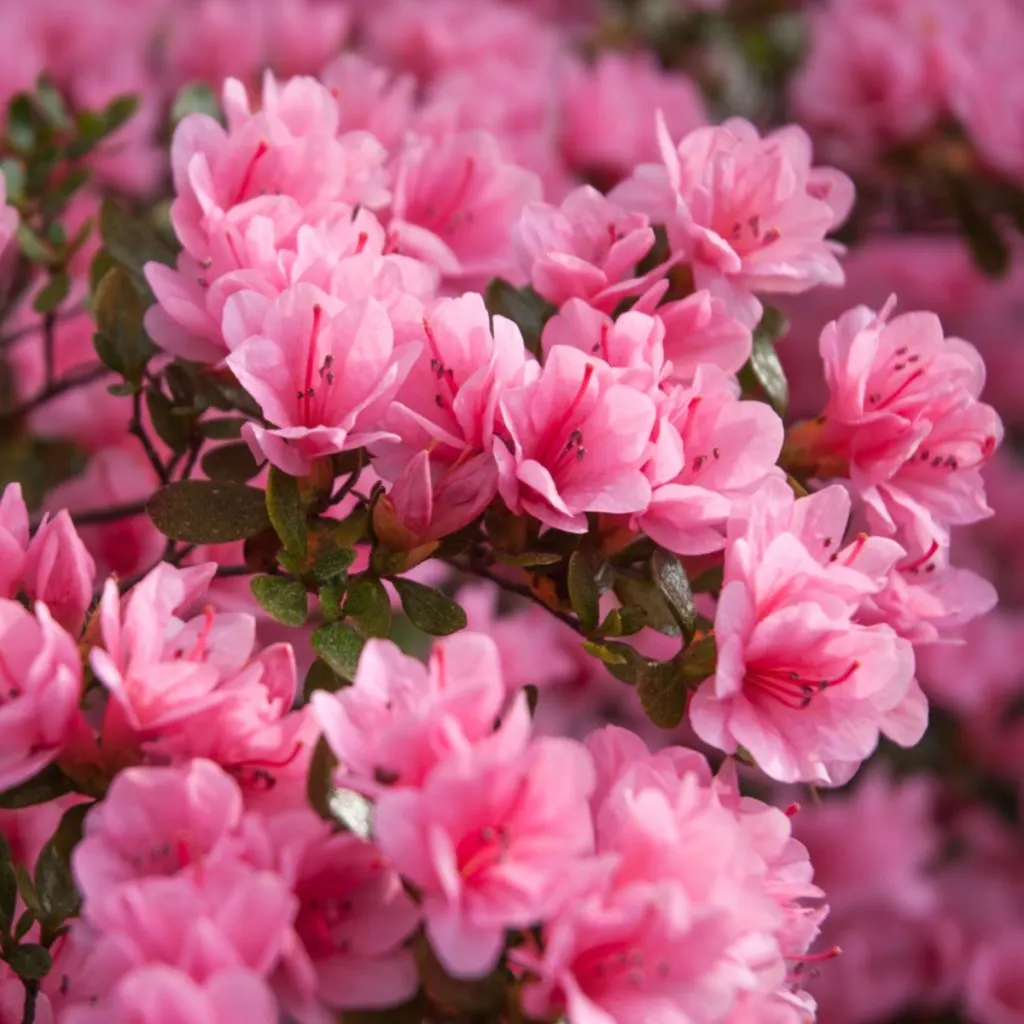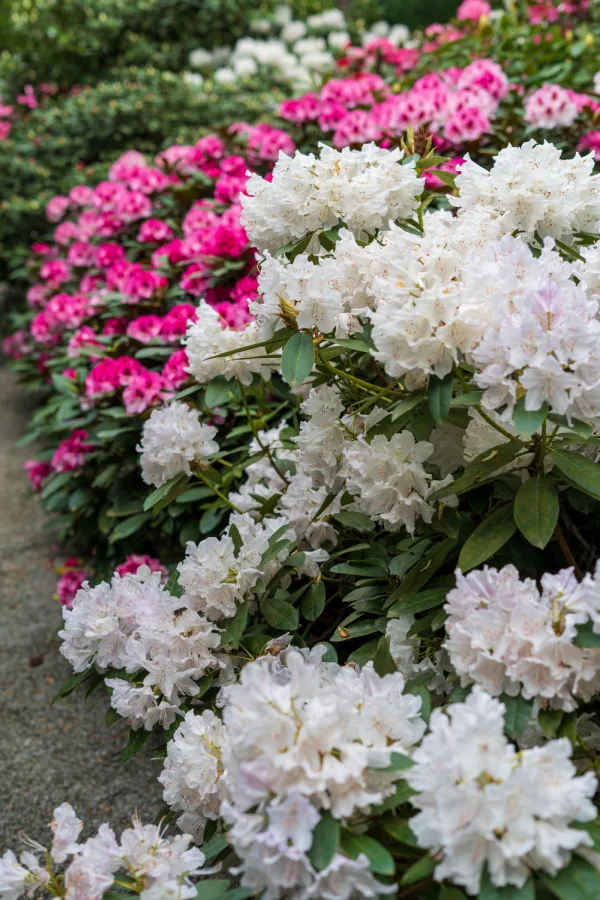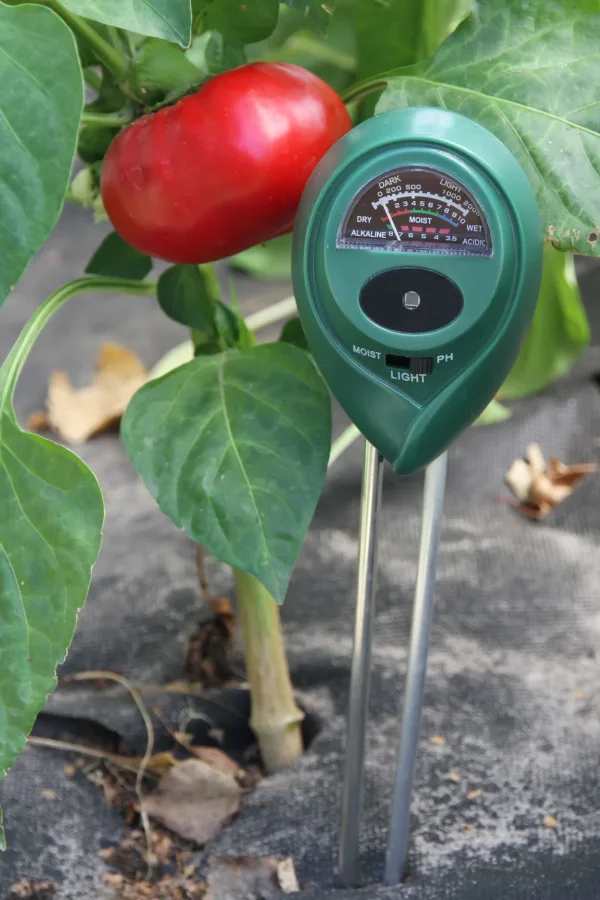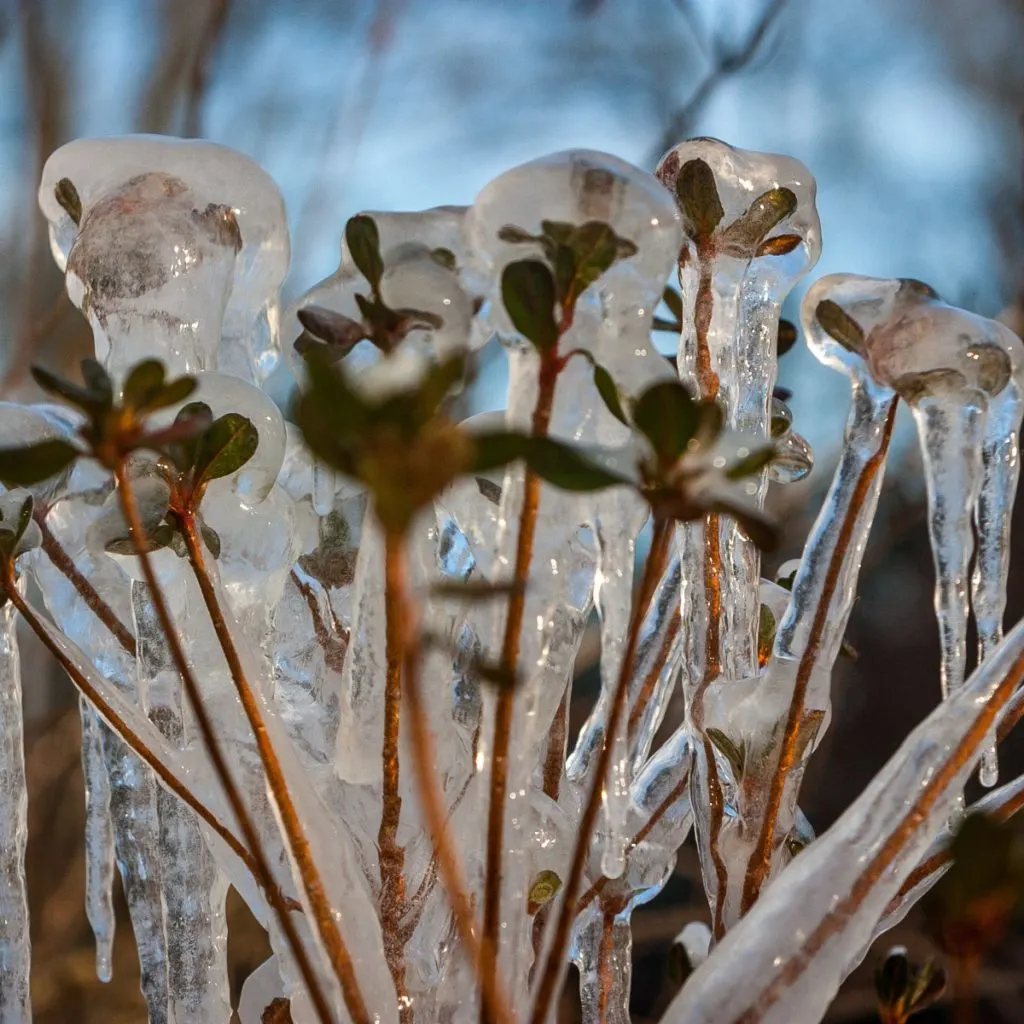One of the best ways to help your azaleas bloom bright, big and beautiful in the spring is to fertilize them late in the winter before they begin to come out in early spring.
A member of the rhododendron family, azaleas are one of the most beautiful early spring flowering shrubs of all. When in full bloom, their flowers can almost completely cover the shrub’s entire canopy with vibrant color.
There are actually a wide variety of azaleas. Some are evergreens, keeping their foliage all year long – while others are deciduous, dropping their leaves each fall to regrow a new canopy of foliage in the spring. But no matter what type you have, these flowering shrubs can all benefit from a little fertilizer right before they get set to bloom in the spring!

Giving Your Azaleas Just The Right Amount Of Fertilizer
Before we cover how to fertilize your azalea bush in late winter, it’s important to note that azaleas can be quite finicky when it comes to the soil they grow in.
Because of that, it’s vital to give your azaleas enough power to help them bloom big and stay healthy, but not so much that it drastically changes the soil’s pH and nutrient makeup they are growing in. This is exactly why, as you will see below, you only want to fertilize your azalea bushes one time a year.
Azaleas are an acid soil loving plant. They prefer to grow in more a acidic soil that has a pH somewhere in the neighborhood 4.5 to 6.0. Unfortunately, if you give your plants too much fertilizer, or the wrong type, it can change the soil’s pH and make it more alkaline. And when that happens, the plant and blooming will suffer.
When the soil’s pH becomes more alkaline, an azalea has trouble soaking up the nutrients from the soil. Even if those nutrients happen to exist in large quantities. If your azalea has struggled to bloom in prior years, or if its foliage has tinges of yellow and looks a bit lethargic, chances are the soil’s pH has become too alkaline. Especially if you have been fertilizing with no change of greenery.
The good news is that it’s easy to test for – and easy to correct by adding the right fertilizer at the right time. And that perfect time happens to be late winter, before they begin to come to life.

How To Fertilize Azaleas In Late Winter
We will cover how to easily check your soil’s pH and correct it near the end of the article, but let’s first cover how to fertilize your azalea bush, and why late winter is the best time to do it.
In general, azaleas do not need an overabundance of nutrients from the soil to stay healthy and bloom. This is exactly why you want to fertilize them only once per season. Although many people like to fertilize their azaleas in early summer after they bloom, the better time to apply it is in very late winter.
Why Late Winter Is The Best Time For Fertilizing Azaleas
Late winter fertilizing is best for two very important reasons. First, it gives the plant a boost of nutrients right before it begins to power up it’s bloom production. But even more, when the right fertilizer is given, it helps maintain the proper pH in the soil. This, in turn helps the bush more easily absorb the nutrients it needs to bloom.
By applying fertilizer in late winter, the nutrients have time to work down into the soil. Not only supplying it with power, but also helping maintain the pH, or even correct the pH if needed. This is vital to keep the soil in the range that azaleas need most.

So how late in the winter should you apply it? It really depends on your climate and the weather. If you are growing azaleas where the soil never freezes, you can apply it as early as January. If you are growing in a more northerly location, you can apply it in late February or early March. You just need the soil to be unfrozen so you can work the fertilizer in a bit to the upper inch or two of soil
Now that we’ve covered the why and when of fertilizing – let’s cover the specifics of the best fertilizers to use. And for that, you need to know your soil’s pH!
Testing Your Soil’s pH – How To Fertilize Azaleas In Late Winter
Because azaleas like acidic soil, it’s important to give them a fertilizer designed with that in mind. However, it’s equally important before applying it to know what the pH of your soil is.
Why? Because if soil is at the right acidity level, you want to use a fertilizer designed to simply provide nutrients for acid loving plants. But if your soil is not acidic enough, you need to use a fertilizer that will both provide nutrients and help lower the acidity.
This will not only help to give your azaleas the power they need, but also put them in the right soil that allows them to best soak up those nutrients. That, of course, helps them bloom bigger and brighter than ever come spring!
The good news is that finding out your soil’s pH is easy. In fact, with a simple, inexpensive soil pH tester, you can find out in minutes. Affiliate Link: Sonkir Soil pH 4 in 1 Tester Meter

To use, simply place the probe of your pH tester in the soil around your azalea. In a few seconds, the meter will give you an accurate reading for that specific area. For best results, probe several places all around the root zone to get a good feel for the average. Now – it’s all about choosing the right fertilizer based on the soil test!
The Best Fertilizers To Use On Azaleas – And How To Apply Them
If you soil test indicates that your soil is within the proper acidity of 4.5 to 6.0, you can use a basic fertilizer that is designed for evergreens. These would be fertilizers marked for holly bushes, pine trees, magnolias, rhododendrons and yes, azaleas. Affiliate Product Link: Espoma Organic Azalea-Tone 4-3-4 Organic Fertilizer For All Flowering Evergreen Shrubs
If, however, your soil is slightly more alkaline and in a range above 6.0, you need to use a fertilizer that not only provides nutrients, but will also help lower the pH as well. In this case, you will look for a fertilizer that also contains sulfur in addition to other nutrients. Sulfur is a key element to help acidify soil. Affiliate Product Link: Espoma Organic Holly-Tone 4-3-4 Organic Evergreen & Azalea Plant Food
No matter which type you need to use, it’s important to apply it before the bush comes out. And when you do, work the fertilizer in to the first few inches of soil. This will help speed up the process of the nutrients absorbing into the roots of the bush. Finish by watering the soil to help activate the fertilizer.

It’s important to note that it can sometimes take a few years to get the soil’s pH to adjust perfectly. Especially if your soil pH was way out of the range. But in the end, by simply fertilizing your azaleas once in late winter every year, your shrubs should begin to fill with color each and every spring!
Simple Garden Life
Follow Our Facebook Page For Even More Great Tips! Simple Garden Life Facebook Page
Simple Garden Life is a website dedicated to keeping gardening fun, simple and enjoyable! We publish two new articles each week along with a new garden podcast episode every two weeks. This article may contain affiliate links.
